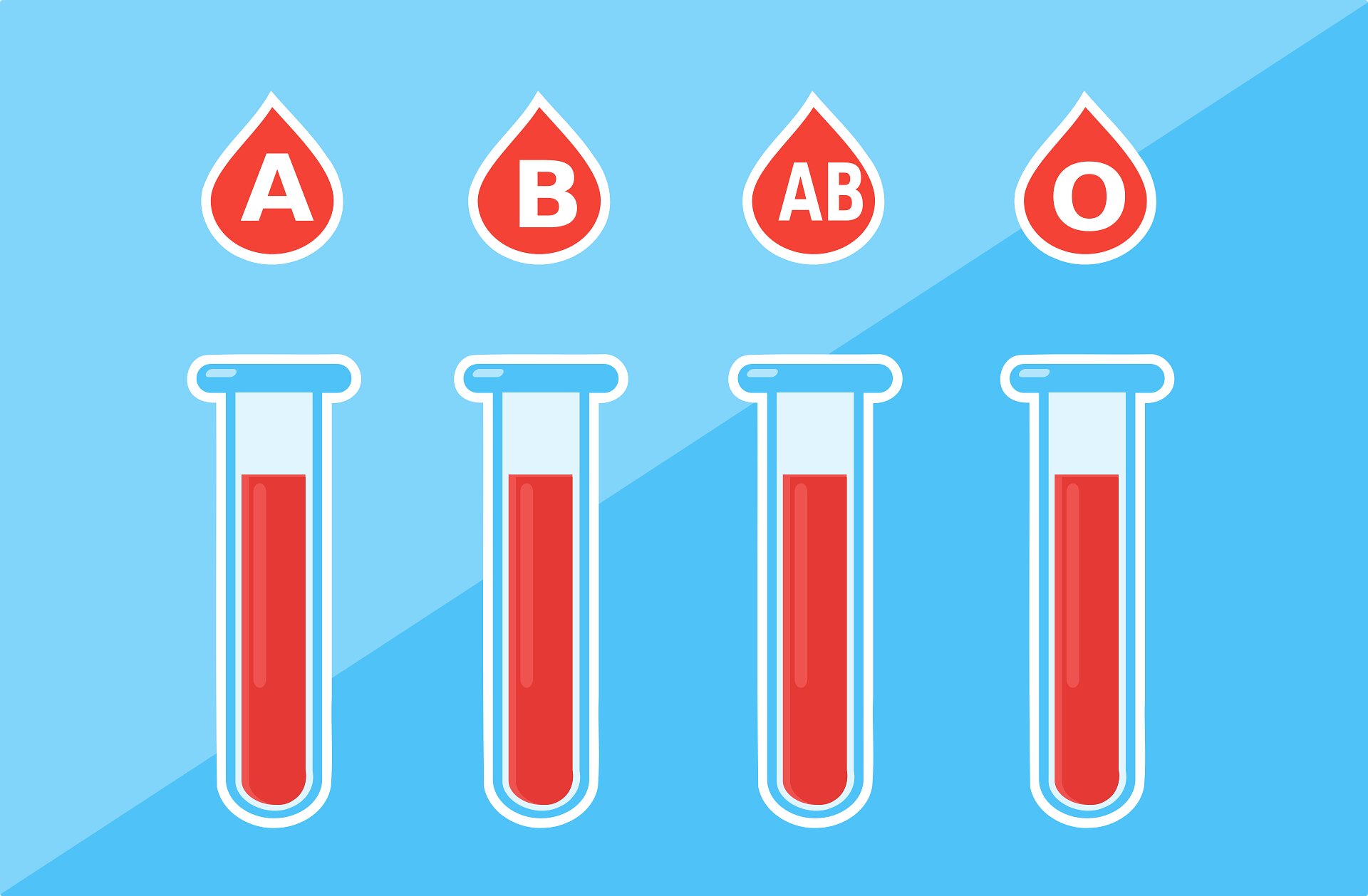Graphic images on cigarette packs may not deter smokers
Tue 23 Feb 2016, 13:49:38

Graphic warning labels with images of diseased lungs or mouth on cigarette packages may not really prompt smokers to kick the butt, a new study has found.
Such graphic images are perceived by many as a threat to their freedom, choice or autonomy, and they respond accordingly, researchers said. "What we found is that most people don't like these warning labels, whether they are smokers or nonsmokers," said lead author Nicole LaVoie, doctoral student at University of Illinois.
"It makes them angry, it makes them express negative thoughts about the packaging, that they're being manipulated," LaVoie said.
"Ultimately, it also makes them think that the source – the government in this case, mandating these labels – is being overly domineering, is being too much in their business," she said.
The strongest response of this kind came from participants who measured high in psychological reactance, a personality trait that makes them more prone to negative and resistant thoughts when they perceive they are being told what to do, she said.
In some cases, this trait can produce something close to a boomerang effect, according to Brian Quick, a professor at University of Illinois. "If these individuals see things as freedom threats, they are going to be more attracted to perform the threatened
behaviour," Quick said.
behaviour," Quick said.
Since smokers tend to be somewhat higher in this trait, we might actually be doing harm to a group that might need the most help if they are battling an addiction to smoking, LaVoie said.
The participants in the study were 435 undergraduates between the ages of 18 and 25, with a median age of 20.
Smokers were 17.5 per cent of the sample and nonsmokers (no smoking within the previous month) were 82.5 per cent. About two-thirds were female and one-third male; 62.3 per cent identified as white and the rest as nonwhite or multiracial.
As part of the study, all participants were given a cigarette package of the same popular brand, along with a questionnaire designed to measure certain personality traits, as well as their reaction to the package.
Half of the smokers and half of the nonsmokers were given packages with graphic warning labels with one of seven images, and the other half were given packages with a text-only label like the one now in use.
Numerous studies in other countries have shown smoking decreasing after the implementation of graphic warning labels, LaVoie said, but in many cases the new labels coincided with other tobacco control measures such as tax increases and smoking bans. The study was published in the journal Communication Research.
No Comments For This Post, Be first to write a Comment.
Most viewed from Health
AIMIM News
Latest Urdu News
Most Viewed
May 26, 2020
Where should be the burial of the pilgrims martyred in the Saudi Arabia bus accident?
Latest Videos View All
Like Us
Home
About Us
Advertise With Us
All Polls
Epaper Archives
Privacy Policy
Contact Us
Download Etemaad App
© 2025 Etemaad Daily News, All Rights Reserved.

























.jpg)
.jpg)
.jpg)


